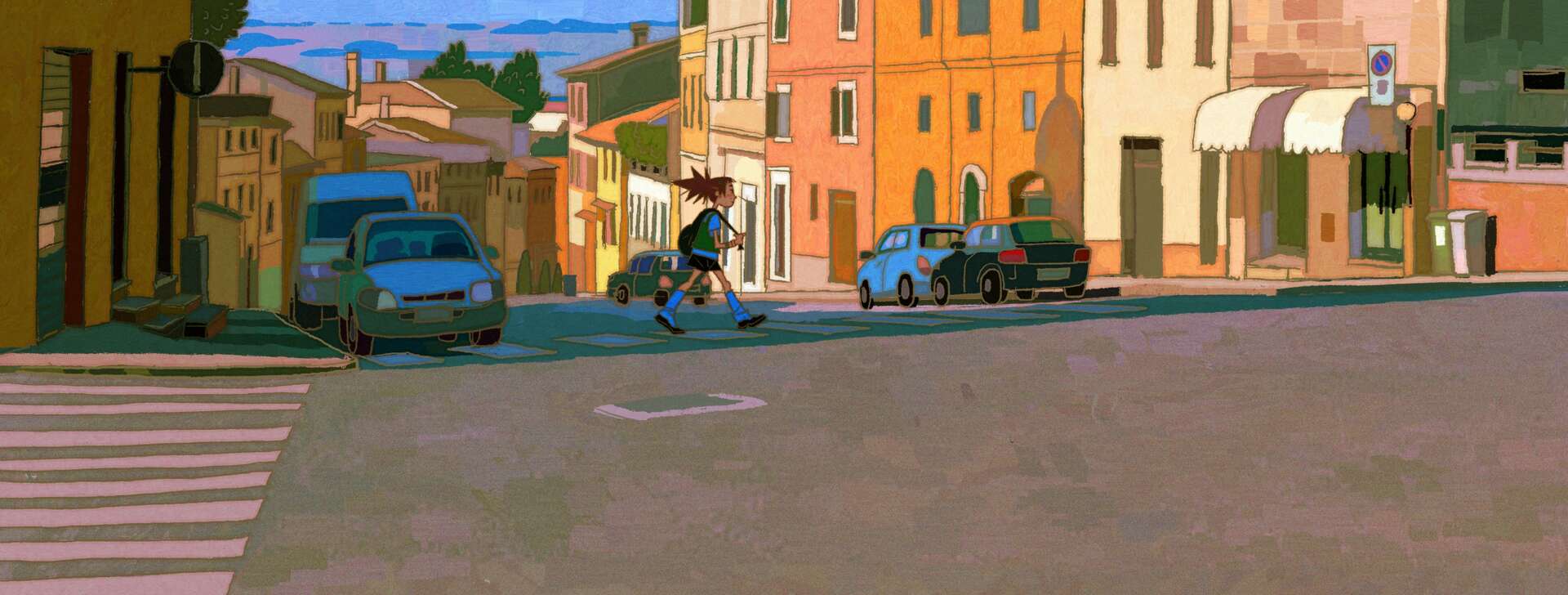We’re excited to introduce you to the always interesting and insightful Kaye Kang. We hope you’ll enjoy our conversation with Kaye below.
Kaye, thanks for joining us, excited to have you contributing your stories and insights. We’d love to hear the backstory behind a risk you’ve taken – whether big or small, walk us through what it was like and how it ultimately turned out.
During my time at a university in South Korea, I encountered various challenges that led me to reassess my educational path. The workload was overwhelming, and the field of study didn’t align with my interests. However, I persevered due to the prevailing societal belief that obtaining a college degree in Korea was essential. Eventually, I made the bold choice to take a leave of absence and focused on building a portfolio to enter the job market.
Upon entering the workforce, I quickly realized that a college degree wasn’t as crucial as I had once believed. This realization empowered me to make the decision to leave university and pursue a career as a character designer at an animation company. Nevertheless, the animation industry turned out to be different from what I had envisioned, feeling somewhat restrictive in scope.
Driven by a desire to engage in larger projects within a more expansive market, I took a risk and decided to pursue further studies abroad, despite financial constraints. I managed to navigate my way through my overseas educational journey, and in retrospect, I believe that taking that risk was the best decision I’ve ever made. This experience has equipped me with a broader perspective and a determination to thrive in a dynamic, global environment.

Kaye, love having you share your insights with us. Before we ask you more questions, maybe you can take a moment to introduce yourself to our readers who might have missed our earlier conversations?
I have a background in character design, which I pursued in South Korea. Currently, I am working as a visual development artist at Netflix. The reason I decided to expand my skills from character design to visual development was that I recognized the immense storytelling potential not just in characters but also in backgrounds, moods, and colors. I found this aspect of the creative process incredibly captivating.
After completing my education, while I was actively seeking job opportunities, I had the privilege of being approached by Nickelodeon’s Teenage Mutant Ninja Turtles: Mutant Mayhem team after they reviewed my portfolio. This marked my entry into the world of visual development art and my first involvement in a feature film project. In many cases, the clients who contacted me were particularly drawn to my storytelling abilities and the style evident in my artwork. And I consider this to be one of my core strengths as an artist.


Any insights you can share with us about how you built up your social media presence?
Engaging in a challenge where I committed to posting one drawing daily for a month, or at least maintaining a steady flow of artwork sharing, unquestionably proved to be advantageous. One approach I often relied on, particularly during my student years, was sharing my portfolio with hashtags on Portfolio Day. Furthermore, participating in the Warrior Painter’s Plenairpril challenge every April for a month significantly contributed to my growth.
If you explore Instagram, you’ll discover a multitude of art-related challenges available each month. Considering and participating in those that align with your interests and goals can certainly be a valuable strategy.


Learning and unlearning are both critical parts of growth – can you share a story of a time when you had to unlearn a lesson?
During my time as an international student, while juggling the worries of finding employment, I encountered varying feedback on my portfolio as I ventured to different studios and projects. Each studio or project seemed to have its own unique expectations and critiques for my portfolio. Even at school, where the primary goal was to prepare students for the job market, I often heard advice like, “Find out what studios want. There’s a method to it.” Consequently, I found myself grappling with considerable stress and indecision, and, ultimately, my enjoyment for art began to wane. It was a rather disheartening phase.
As I was venting about this to a friend, they asked, “So, what is it that you actually want as an artist?” That moment turned out to be my turning point. I started to search for my own aspirations and direction as an artist, letting go of the single-minded pursuit of creating art that catered solely to others’ preferences. From that point on, my art improved, and interestingly, I started receiving more positive feedback from people around me.


Contact Info:
- Website: https://www.kayekang.com/
- Instagram: https://www.instagram.com/kaye_bin/


